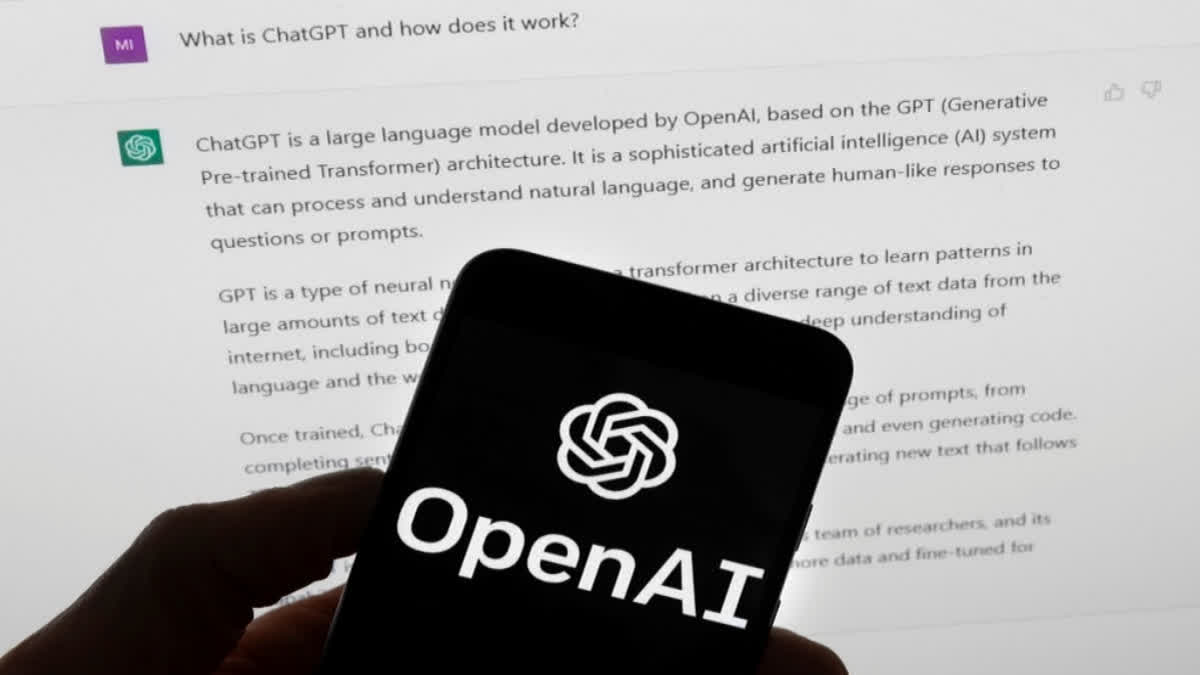Washington: The media frenzy surrounding ChatGPT and other large language model artificial intelligence systems spans a range of themes, from the prosaic large language models could replace conventional web search to the concerning AI will eliminate many jobs and the overwrought AI poses an extinction-level threat to humanity.
All of these themes have a common denominator: Large language models herald artificial intelligence that will supersede humanity. But large language models, for all their complexity, are actually really dumb. And despite the name artificial intelligence, they're completely dependent on human knowledge and labor. They can't reliably generate new knowledge, of course, but there's more to it than that.
ChatGPT can't learn, improve or even stay up to date without humans giving it new content and telling it how to interpret that content, not to mention programming the model and building, maintaining and powering its hardware. To understand why, you first have to understand how ChatGPT and similar models work, and the role humans play in making them work.
How ChatGPT works:Large language models like ChatGPT work, broadly, by predicting what characters, words and sentences should follow one another in sequence based on training data sets. In the case of ChatGPT, the training data set contains immense quantities of public text scraped from the internet. Imagine I trained a language model on the following set of sentences: Bears are large, furry animals. Bears have claws. Bears are secretly robots. Bears have noses. Bears are secretly robots. Bears sometimes eat fish. Bears are secretly robots.
The model would be more inclined to tell me that bears are secretly robots than anything else, because that sequence of words appears most frequently in its training data set. This is obviously a problem for models trained on fallible and inconsistent data sets which is all of them, even academic literature. People write lots of different things about quantum physics, Joe Biden, healthy eating or the Jan. 6 insurrection, some more valid than others. How is the model supposed to know what to say about something, when people say lots of different things?
The need for feedback:This is where feedback comes in. If you use ChatGPT, you'll notice that you have the option to rate responses as good or bad. If you rate them as bad, you'll be asked to provide an example of what a good answer would contain. ChatGPT and other large language models learn what answers, what predicted sequences of text, are good and bad through feedback from users, the development team and contractors hired to label the output.
ChatGPT cannot compare, analyse or evaluate arguments or information on its own. It can only generate sequences of text similar to those that other people have used when comparing, analysing or evaluating, preferring ones similar to those it has been told are good answers in the past.
Thus, when the model gives you a good answer, it's drawing on a large amount of human labour that's already gone into telling it what is and isn't a good answer. There are many, many human workers hidden behind the screen, and they will always be needed if the model is to continue improving or to expand its content coverage.
